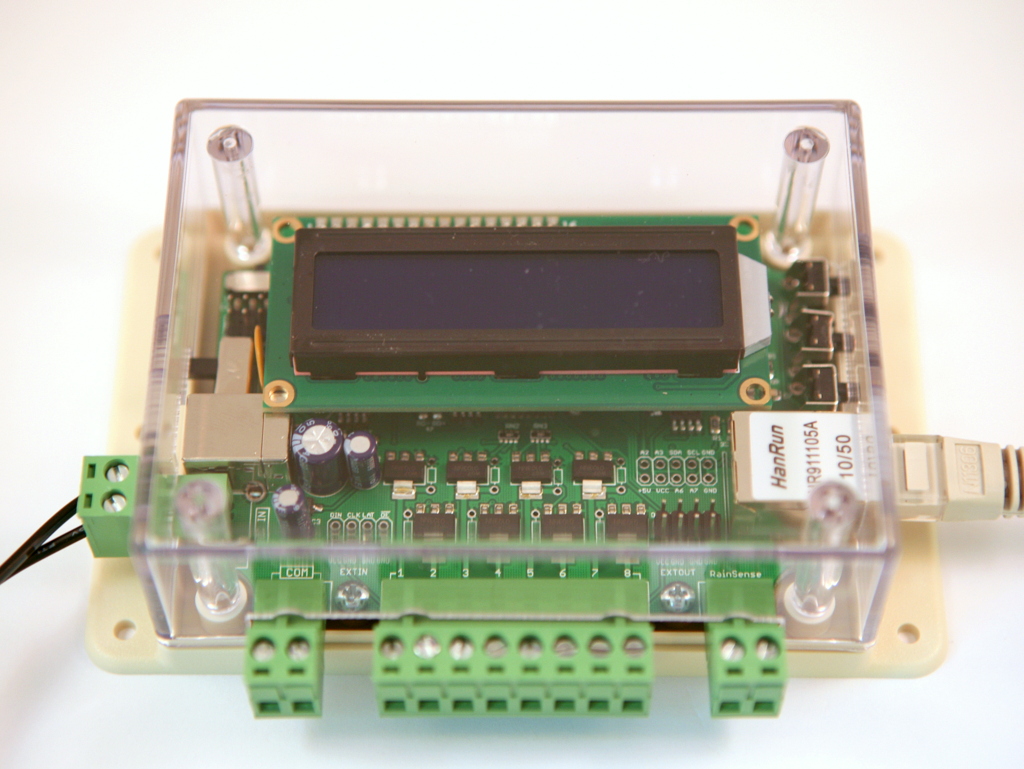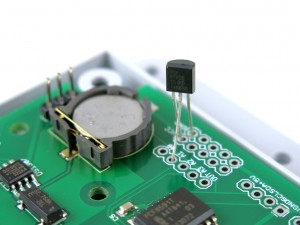

- #Opensprinkler tutorial how to#
- #Opensprinkler tutorial install#
- #Opensprinkler tutorial update#
- #Opensprinkler tutorial pro#
- #Opensprinkler tutorial windows#
The pre-action system is good for use in places where the sprinklers are only necessary when there is an actual fire so other items in the building do not get water damage from an accidental sprinkling. It helps greatly that the pre-action fire sprinkler can be set to prevent water from spouting in case of a false alarm or a mechanical failure. This type of system requires two triggers to start water flow. Pre-action fire sprinkler systems are filled with air and water is allowed to pass through when the smoke alarm or detector goes off. There are various types of fire sprinklers and below are descriptions of these so you know which one is best suited for your commercial building. Installing a sprinkler system is a good preventative measure to take. Without installing any prerequisites or setting up systemd.It is best to have protection in commercial buildings in case of fire or smoke. It is possible to build a self-contained docker image from this repository.
#Opensprinkler tutorial how to#
If available, the user documentation for the PWS should detail how to configure a custom GET request.įor more information on the RESTfull protocol click hereĢ ) Networked PWS that support Weather Underground
#Opensprinkler tutorial pro#
For example, the MeteoBridge Pro allows for requests to be specified in a custom template that translates the PWS weather values and units into a format that the local Weather Service can accept. Some PWS allow the user to specify a GET request to send weather observations onto a local service for processing.


The weather data can then be used by the Weather Service to calculate Zimmerman based watering levels. If you are running a local instance of the Weather Service then you may be able to send the data directly from your PWS to the Weather Service avoiding any "cloud" based services.
#Opensprinkler tutorial windows#
You will need a 24x7 "always on" machine to host the service (this can be a Windows or Linux machine or even a Raspberry Pi device) provided it supports the Node.js environment.įor detailed instructions on setup and configuration of a local Weather Service running on a Raspberry Pi then click hereĬonnecting a Personal Weather Station to a Local Weather Service
#Opensprinkler tutorial install#
If you would like to choose between different Weather Providers (currently OpenWeatherMap and DarkSky are supported) or use your local PWS to provide the weather information used by OpenSprinkler then you can install and configure the Weather Service on a device within your own local network. Currently, only two exists for weather adjustment and logging a PWS observation. Routes/*.js contains all the endpoints for the API service. Server.js is the primary file launching the API daemon. The script is written in Javascript for Node.JS. The production version runs on Amazon Elastic Beanstalk (AWS EB) and therefore this package is tailored to be zipped and uploaded to AWS EB. It also provides timezone information based on user location along with other local information (sunrise, sunset, daylights saving time, etc).
#Opensprinkler tutorial update#
This script is used by OpenSprinkler Unified Firmware to update the water level of the device.


 0 kommentar(er)
0 kommentar(er)
